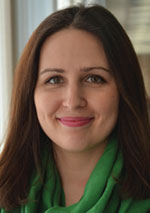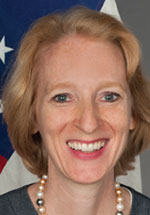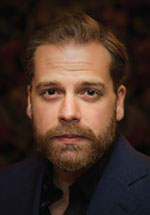Making Inclusion Real: Affinity Groups in Action
Introduction
To adequately represent the United States abroad, it is essential that the foreign affairs agencies have a workforce that reflects the rich composition of its citizenry. This is a stated official priority, spelled out in the Foreign Service Act of 1980 and emphasized in the 2015 Quadrennial Diplomacy and Development Review for the State Department and the U.S. Agency for International Development.
There are more than a dozen recognized employee affinity groups at the State Department, as well as additional groups specifically for members of the other foreign affairs agencies. These groups act to promote and strengthen diversity and inclusion in the foreign affairs workforce. They network and cooperate with each other, and with the American Foreign Service Association, which is the exclusive bargaining agent for the entire Foreign Service.
Management interacts regularly with the affinity groups to ensure fairness and equity for individuals in the work environment both domestically and abroad, and to eradicate harassment, intolerance and discrimination wherever it may be found.
The four affinity groups featured in the following pages highlight the variety and scope of diversity issues and activity in the foreign affairs agencies. We look forward to showcasing other groups and their unique programs in the coming months.
—The Editors
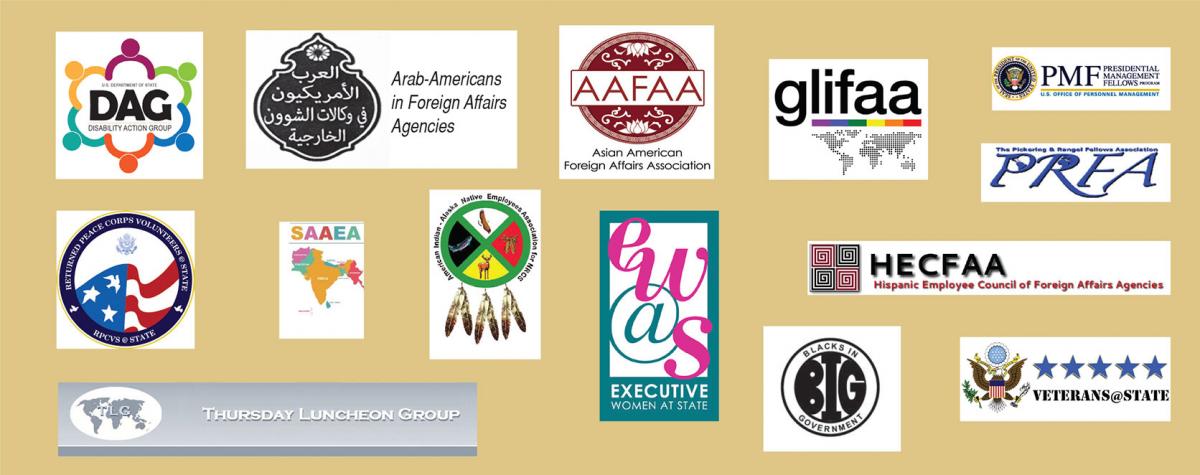
Promoting Disability Diversity at the State Department
BY AMANDA J. RICHARD
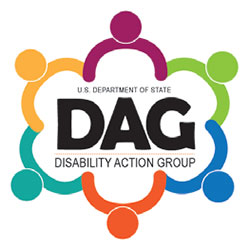
The Disability Action Group has been gaining momentum in recent months. With the election of a new board in December 2014, DAG has undertaken a nonstop exercise to educate, assist and advocate for State employees with disabilities.
While State provides many services to accommodate people with disabilities, most employees are either unaware that they exist, do not realize the process of securing assistance, or are too afraid to self-identify their disability and make the request. As a result, DAG primarily serves as a link between diversity employee constituencies and the department’s senior management, Office of Civil Rights staff and Human Resources staff.
Currently DAG has almost 100 members from various State Department bureaus. This is a testament to the diversity that already exists at the department. As interest in DAG continues to grow, the issues become more apparent. There is clearly a need for employees with both long- and short-term disabilities to understand their rights and receive assistance. While assistance is a primary concern, DAG has also been participating in discussions with various parties regarding issues of reasonable accommodation and general compliance with Americans with Disabilities Act Section 508, which requires the federal government to ensure that the electronic and information technology that it develops, procures, maintains or uses is accessible to persons with disabilities.
DAG also encourages awareness of Schedule A hiring, which offers win-win advantages to State hiring officers and employees alike. Its existence, however, is largely unknown. Many people do not realize that a disability gives a person noncompetitive status for Civil Service positions. For example, when hiring a Schedule A, an office with an FTE can go to Selective Placement Coordinator Lana Hiland to see resumes from the Selective Placement Program talent bank. Qualified Schedule A candidates do not have to apply through regular competitive procedures and can be hired without a job announcement. Thus with Schedule A hiring, offices can accelerate the process and bring people on board faster.
On June 19, the group will host multiple speakers to educate on transitioning to an overseas assignment with a special needs child, a circumstance which has proved to come with a number of challenges.
DAG has developed a speaker series with a range of topics aimed at educating the entire State Department on disability diversity. On June 19, the group will host multiple speakers to educate on transitioning to an overseas assignment with a special needs child, a circumstance which has proved to come with a number of challenges.
The group is also proudly celebrating the 25th anniversary of the Americans with Disabilities Act here at State in July. Embassies around the world will be celebrating on July 4, but the actual anniversary is July 26. Activities will run throughout the year, including speakers and exhibits that acknowledge how far disability rights have come.
DAG’s mission is clear: promoting disability diversity at the Department of State. With that goal in mind, the group is proud to assist in paving the way for disability education and raising awareness.
For more information about DAG or to find out how to become a member, visit the group’s SharePoint site at http://collaborate.state.sbu/sites/DAG/ or send an email to DAGCouncil@state.gov. If you would like more information about Schedule A hiring, please contact Lana Hiland at HilandLW@state.gov. Interested Schedule A applicants should email selectiveplacement@state.gov.
Blacks In Government: Working to Make Diversity Operational
BY MARCUS C. SINGLETON
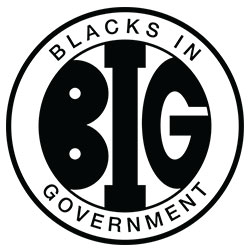
The USAID Chapter of Blacks In Government continues to work on an issue that precludes America from benefitting from its own history: discrimination based on race, ethnicity, gender, socioeconomic status, age, physical abilities, religious beliefs, political beliefs and other ideologies.
BIG is a national organization founded in 1975 to press for equal opportunity for and eliminate practices of racism against blacks; promote professionalism among blacks in local, national and federal government; provide a communication forum for blacks in various agencies; and provide a nonpartisan platform on major issues that affect organization members.
While many agencies give verbal support to diversity, statistics show that blacks are not being hired or promoted in government agencies at levels that reflect America’s demographics. Neither are blacks given sufficient clout to have an impact on policy decisions. For too many agencies, the push for diversity has stopped at merely having people from different backgrounds present.
Working in agencies that pride themselves on implementing U.S. government policy in the overseas arena, it has been important for BIG to advocate moving beyond simple tolerance to embracing and celebrating the rich dimensions of thought that all people bring to the table. Diversity involves more than meets the eye: it embraces experience, thoughts, actions and philosophies.
We support members attending the BIG National Training Institute, where professionals come together annually to share experiences and use their collective strength to confront workplace and community issues and increase their professional exchanges and networks. Interestingly, at this event we typically discover just how isolated many people at all levels feel as they silently deal with obstacles that others do not seem to recognize or encounter.
Many of the younger generation, who have been socialized in what America likes to see as a “post-racial society,” get their first wake-up call to limitations once they enter the work world.
We are often asked why BIG needs to exist. Looking at recent events, we are reminded that some decisions are still based on what one perceives when he or she observes the ethnicity, skin color or gender of another. There are many talented people who have chosen to make a career through public service and serving their country, yet they are not able to give their maximum effort because they are confined by the narrowness of others. Our organization seeks to help people go beyond their own assumptions and realize what is being missed by walking a mile in the shoes of someone different from them.
Visible diversity is making progress at some levels, but the invisible diversity often goes untouched. Many of the younger generation, who have been socialized in what America likes to see as a “post-racial society,” get their first wake-up call to limitations once they enter the work world. Mentoring programs have become much more important as people have debates with themselves about to how to react to various situations. Local, state and national governmental agencies are losing out as talented people choose to seek private-sector employment.
We are working to help free young people from the constraints older black Americans endured in public service and encourage them to reach for what ought to be when one chooses to serve our country.
BIG is doing its part to help America achieve its own greatness. If we want to be that beacon for the world, we must help create an environment in which everyone’s individual light can shine to brighten the darkness.
In support of the U.S. Constitution, BIG works to operationalize equal opportunity and make it a reality in the life of every public service employee.
Executive Women @ State: Breaking Barriers
BY SUSAN STEVENSON
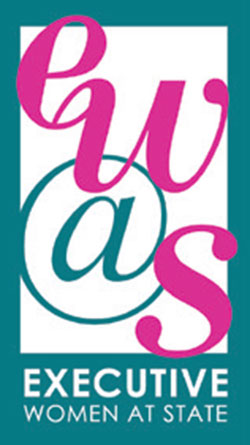
Executive Women @ State was launched in 2007 by a small group of former U.S. Information Agency officers trying to replicate the agency’s Women’s Action Organization at the much larger and more complex State Department. Seeing the value of a strong women’s professional network and support for women’s advancement, they wanted to pursue those goals at State.
At the time, the department had its second female Secretary of State and several women in leadership positions. A 2009 presentation by the Bureau of Public Affairs Office of the Historian reminded us that:
- The first woman employee was a typist hired in the 1890s.
- The first female FSO was hired in the 1920s but had to resign when she married.
- It wasn’t until the 1970s that the “marriage rule” was abolished, allowing married women to serve as FSOs.
- We now have more female ambassadors, assistant secretaries, deputy assistant secretaries, directors and Senior Foreign and Executive Service members than ever before. Women comprise 40 percent of the State Department workforce, up from 27 percent in 1994.
Many would say the gender wars have been won. But the proportion of women in the Foreign Service has not changed for the past decade, hovering at 30 percent, and the shift to more administrative jobs in the Civil Service has moved many women out of clerical positions—but not necessarily into senior ranks. Partnering with the Office of Civil Rights, EW@S has endeavored to host programs, seminars, focus groups and discussions with senior leaders to explore the barriers that still exist for women.
Currently EW@S’s challenge is to demonstrate to State Department leaders—many of whom are female political appointees—that there is a problem.
Currently EW@S’s challenge is to demonstrate to State Department leaders—many of whom are female political appointees—that there is a problem. HR has agreed to start in-depth exit interviews to learn why women are leaving State at all levels, and we are working with the Foreign Service Institute to tackle unconscious bias that could be holding women back.
We also want to encourage more women to apply for leadership positions to serve as role models, catalysts and mentors for the next generation. This year’s Women’s History Month event featured American University Associate Professor of Government Jennifer Lawless, whose exhaustive research showed that women didn’t run for political office (where they were just as likely to win as men) for the simple reason that no one encouraged them to do so. When they received encouragement, they were more likely than men to dismiss it; and they felt that they had to be twice as good as men to be taken seriously. That could be why more women are not putting themselves forward for deputy chief of mission or chief of mission roles here at the State Department.
EW@S’s mission is to promote, support and mentor women for senior leadership positions in the department. Specifically, we are committed to:
- Advocating an increase in the number of career women in senior positions
- Overcoming barriers for advancement and retention of women
- Expanding engagement with senior non-career leaders and potential community
- Mentoring the next generation of women leaders.
EW@S now has 1,500 members and a sister organization at USAID. We’ve become active with women in the intelligence services, who have conducted research to see what is preventing women from reaching senior levels there. We have affiliate groups at the mid-level (Associates) and entry-level/junior levels (EJs) to mentor the next generation. From our humble beginnings as a handful of officers in 2007, it is clear that EW@S is fulfilling a need in the community.
Celebrating Arab-Americans in Foreign Affairs
BY JAMAL AL-MUSSAWI
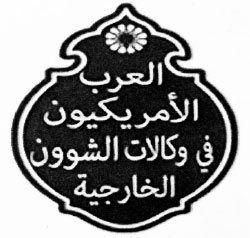
Arab-Americans in Foreign Affairs Agencies
In May 2014, the State Department welcomed one of its newest employee affinity groups, Arab-Americans in Foreign Affairs Agencies. Led by an interagency executive board comprised of Civil and Foreign Service professionals, AAIFAA has drawn more than 100 members from throughout the foreign affairs community in its first year alone.
AAIFAA’s goal is twofold: to expand workplace diversity and serve as a resource for senior leaders interested in enhancing the department’s relationship with Arab-Americans. Deputy Secretaries Antony Blinken and Heather Higginbottom and Director General Arnold Chacón have personally welcomed the creation of the group.
Open to all foreign affairs professionals regardless of their hiring status or background, AAIFAA promotes and applies the cultural, linguistic, personal and professional assets that Arab-Americans and those with an affinity toward the Arab world share. As with other ethnic- and minority-based employee groups, it is also a forum for sharing ideas and experiences among Arab-Americans throughout the interagency community.
To carry out its mission, AAIFAA participates in employee recruitment drives, organizes brown-bag discussions with Civil and Foreign Service personnel, and meets with other employee affinity groups (EAGs). Through interactive meetings, A-100 gatherings and discussions with the Office of Civil Rights, AAIFAA also assists diplomats-in-residence, human resources professionals and Foreign Service retirees to inform prospective Civil Service and Foreign Service employees about the work of the department and the other foreign affairs agencies.
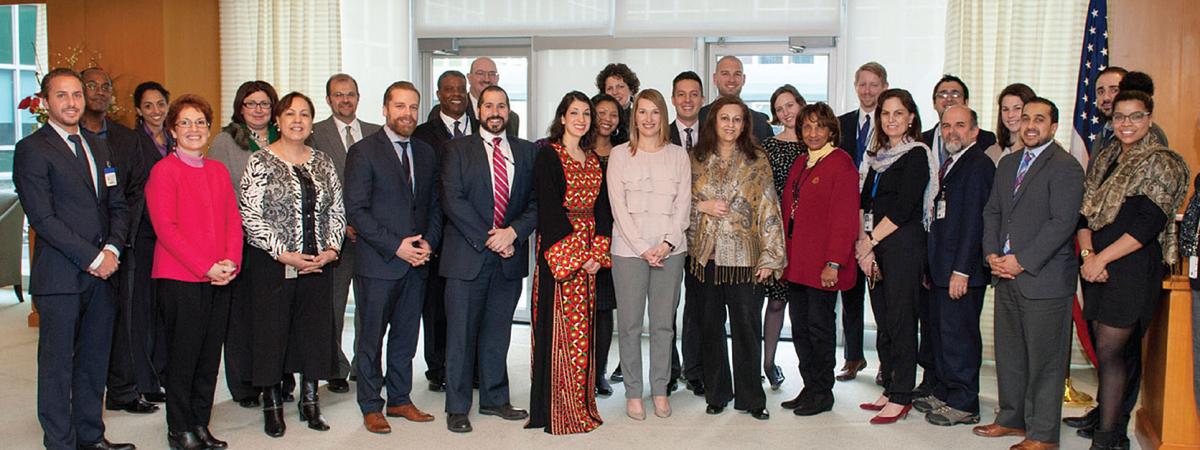
Deputy Secretary of Management and Resources Heather Higginbottom (center) opened AAIFAA’s first social event on Feb. 26. To her right, in the foreground, are AAIFAA Interim Chair Khulood Kandil, AAIFAA Interim Vice Chair Dr. Charles Kiamie III and AAIFAA Founder Jamal Al-Mussawi.
Courtesy of AAIFAA
At State, AAIFAA is working with bureaus to attract a diverse selection of bidders by demonstrating how particular sets of skills can adapt to assignments in a variety of regions, fields and specialties. For example, the Bureau of Near Eastern Affairs’ Iran and Middle East watchers—reporting officers based in Western European capitals—are among many such examples.
Focusing on both professional development and social networking, AAIFAA is also partnering with senior Arab-American and other leaders at the State Department and beyond to mentor staff seeking career advice. Distinguished ambassadors like Philip Habib, Susan Ziadeh and Ted Kattouf demonstrate Arab-American contributions to American diplomacy in areas of critical national interest. Following in their footsteps, AAIFAA seeks to harness the talent of the next generation of American diplomats.
Since its inception, AAIFAA has experienced rapid growth, thanks to its conviction that fostering and enhancing workplace diversity is not only a common goal across the department, but a necessity to make the foreign affairs community more representative of the diverse nation we represent, both at home and abroad. AAIFAA stands ready to continue paving the path toward greater diversity with its EAG partners, senior departmental leadership and anyone who supports that goal.
As a direct result of these efforts, the foreign affairs community has created more innovative and effective policymaking and advocacy strategies. AAIFAA’s work is essential to realize the diversity-enhancement goals of the department, the federal government and our increasingly multicultural nation.
Read More...
- Affinity Groups (U.S. Department of State)
- Arab-Americans in Foreign Affairs Agencies (AAIFAA)
- Carl T. Rowan Chapter of Blacks in Government(CTR BIG)
- Pathways Internship Program(formerly Career Entry Program—CEP)
- Executive Women at State (EW@S)
- Gays and Lesbians in Foreign Affairs Agencies(GLIFAA)
- Hispanic Employees Council of Foreign Affairs Agencies(HECFAA)
- Returned Peace Corps Volunteers(RPCVs@State)
- South Asian-American Employee Association(SAAEA)
- Thursday Luncheon Group(TLG)

